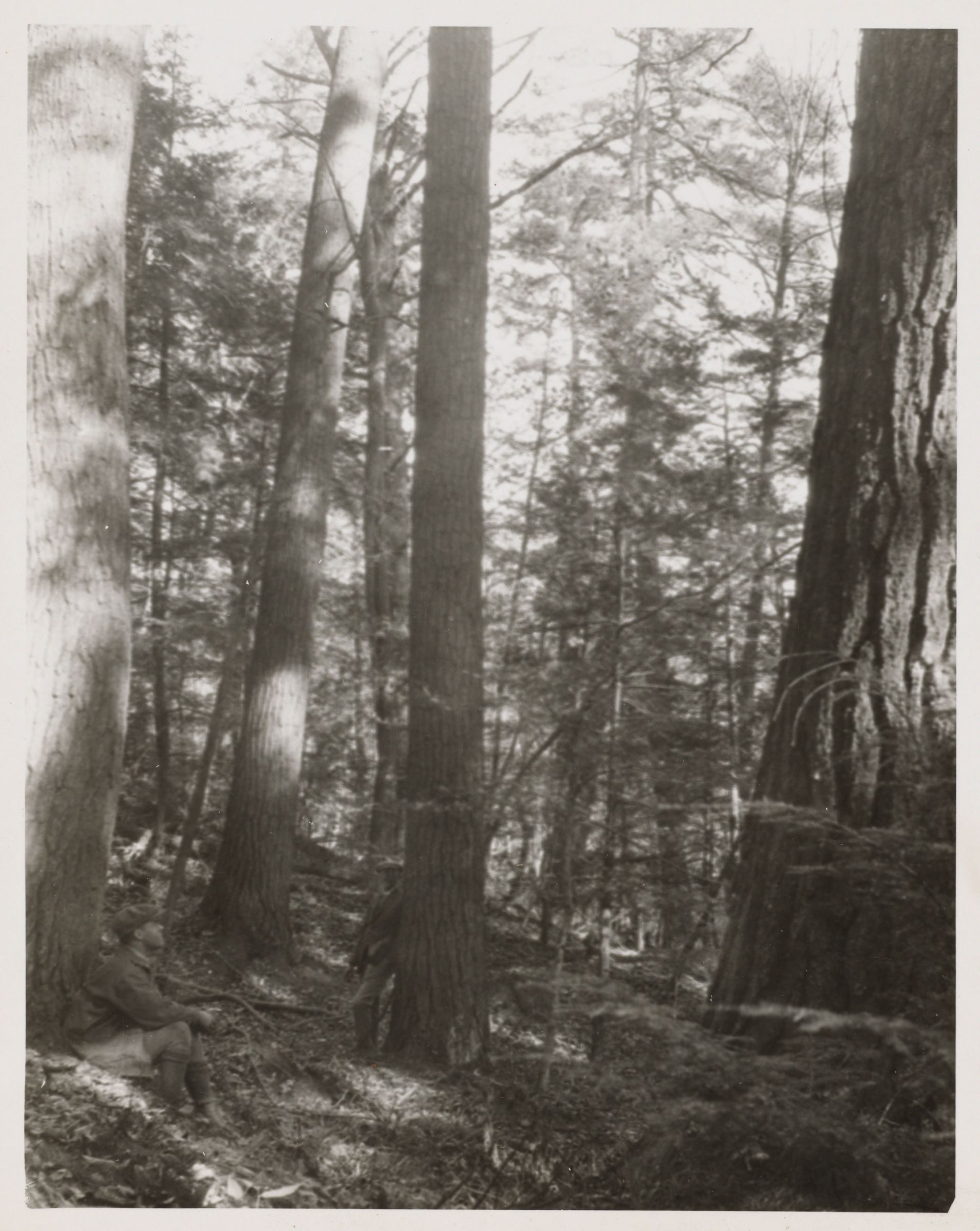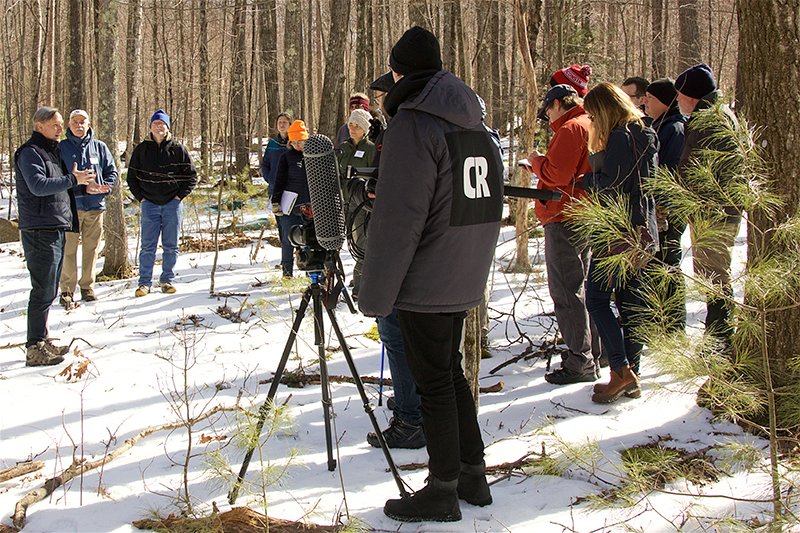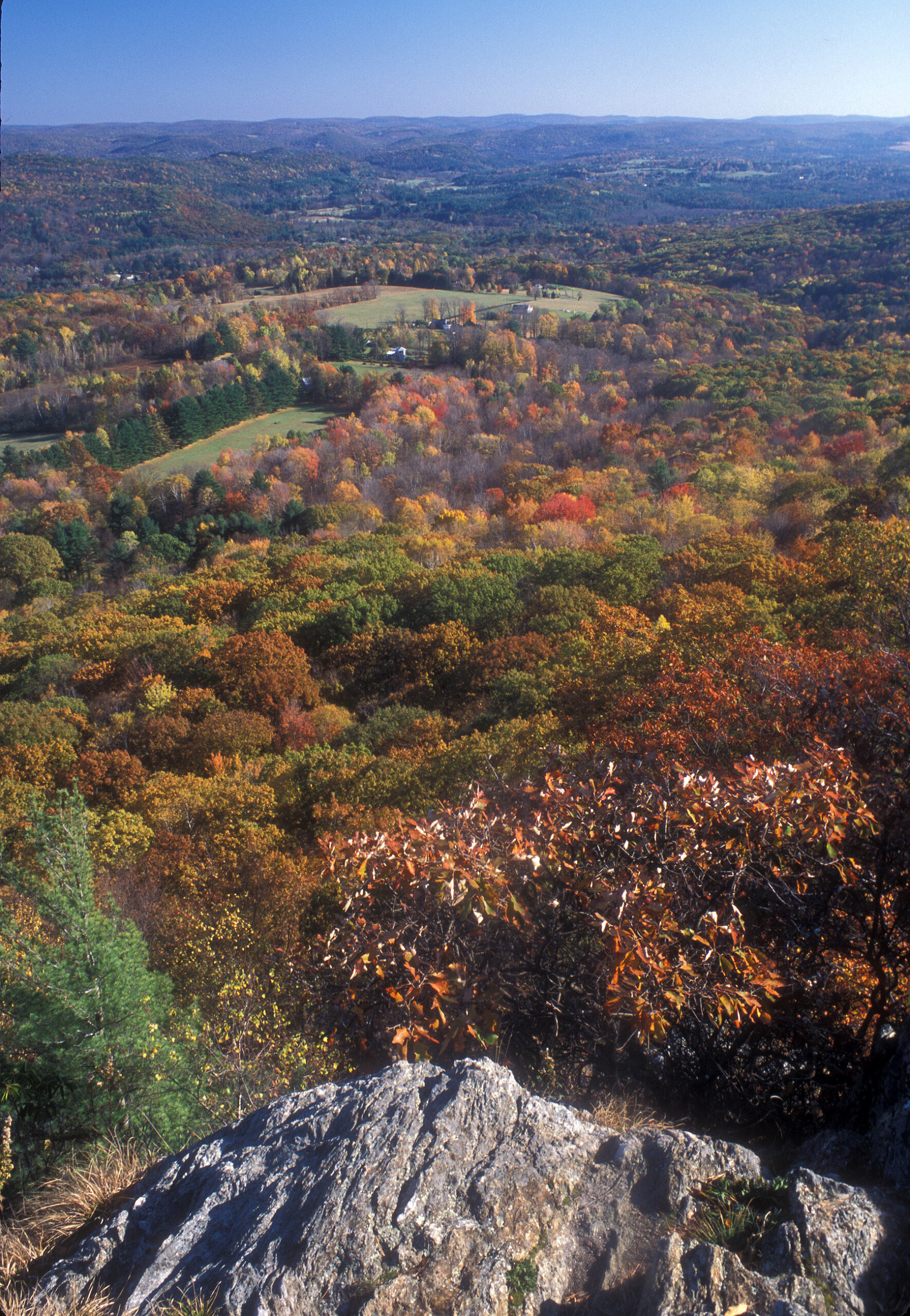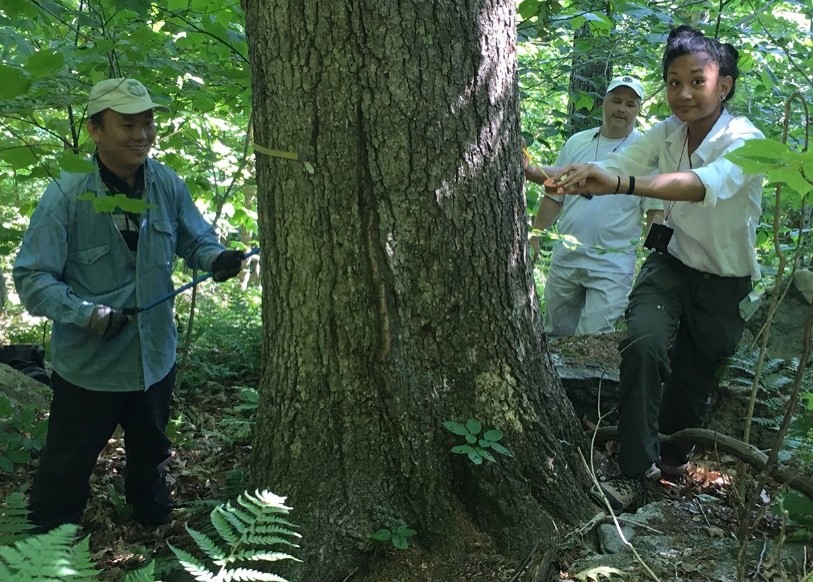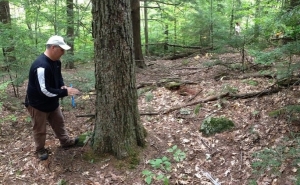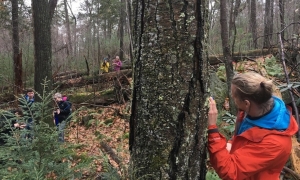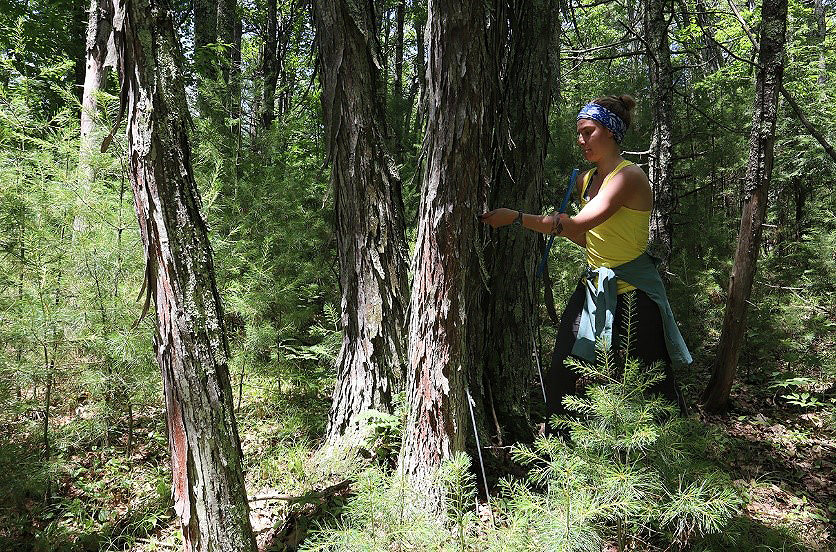Four recent Harvard Forest interns have earned prestigious research awards for their continued work in biology and ecology – 3 Graduate Research Fellow Program (GRFP) awards from the National Science Foundation, and 1 Fulbright.
Here, they share more about their current research and the paths that led them there, and offer some advice to future students.
Eleanna Cerda, who completed a Harvard Forest Summer Research internship in 2019, has earned a GRFP to support her doctoral work at Penn State, in the Renner lab and with researchers at the Center for Parasitic and Carnivorous Plants. Her work will sequence the genomes of various species of carnivorous plants, investigate gene expression as it relates to plant carnivory, and also explore plasticity in carnivorous pitcher plants.
Eleanna says research at Harvard Forest was a pivotal experience that, combined with plant biology classes at Mount Holyoke College, cemented her motivation to pursue a PhD in the field. Conducting scientific research, attending workshops and making connections at Harvard Forest, she says, ultimately helped her to achieve her goals: “I was grateful to have the chance to sit amongst a group of powerful scientists, and ask questions not as just a student but as a scientist too. This experience not only solidified my passion for plant biology, but also allowed me to imagine myself as a researcher. As a first-generation, low-income student, it was difficult to imagine myself as a scientist, because I did not know what it meant to be one outside of the science fiction movies and books.”
Eleanna says she is grateful for amazing mentors—including Sydne Record, Aaron Ellison, and Paige Kouba at Harvard Forest—who supported her in the graduate school process, nurtured her interest in carnivorous plants, and helped her imagine a future in which she could research them.
Reflecting on her academic journey, she notes, “I am glad that I took advantage of the liberal arts curriculum in college and expanded beyond my comfort zone. Even though I grappled with imposter syndrome in STEM, I was continually inspired by the plants and people I met along the way. One of the most important steps in my journey was learning to reach out for help. Because a career in science was so elusive, I knew that I had to reach out to the people who had already been on that path and/or could equip me with the tools and knowledge to take that journey. I was fortunate enough to find incredible mentors who introduced me to not only new topics, but also to opportunities such as Harvard Forest. The experiences I exposed myself to, and the mentorship I sought, led me to question my career path, and to eventually begin this journey.”
“Knowing how impactful mentorship has been in my career so far, I hope to use the knowledge and advice I gathered over the years and pay it forward. I have recently applied to mentor college students from marginalized backgrounds such as first-generation and low-income students. I also hope to diversify the field of STEM in other ways as well.”
Elise Miller, a Harvard Forest Summer Research intern in 2019, has been awarded a GRFP to support her doctoral work in Jessica Savage’s lab at the University of Minnesota—Duluth. Her thesis project will investigate the tissue in plants that transports the sugars produced in photosynthesis – specifically, how changes in plant growth correspond with changes in this tissue.
Elise says her work at Harvard Forest is actually what first introduced her to the specific plant tissue she is now researching. During her summer internship, she studied the tissue in plants that transports water, and often helped her research mentor Tim Rademacher on a project that involved chilling the plant tissue she is now studying. She says Harvard Forest was transformative for her, and got her interested in her current project.
She offers advice to current and future students: “One of the most important steps for me was reaching out to a faculty member, Dr. Stephen Saupe at Harvard, to conduct independent research. Even though that original project was fairly small, it led me on to bigger projects. Dr. Saupe hired me to work in the greenhouse and also sent me flyers for potential summer research programs, including the HF program. My summer at HF was also a transformative step that convinced me I wanted to keep conducting research. Overall, I think one of the most important things that future students can do is to make connections with people whose research or work you like, because this will help you find your path in life. And, even if you don’t think you are qualified for a position, apply for it! I did not think I would get into the HF program, but I still applied because I was interested.”
Jolene Saldivar was an intern in the Harvard Forest Summer Research Program in 2017 and soon after, she graduated from Humboldt State University.
Her NSF Graduate Research Fellowship will support her doctoral work at the University of California—Riverside in the Wilson Rankin lab. Her research will investigate the effects of disturbance on migratory painted lady (Vanessa cardui) butterflies and the native annual forbs they use as host plants and nectar sources in southern California.
The work Jolene did at Harvard Forest involved using community science and long-term ecological research to examine phenological trends in the Northeastern U.S. She reports that both community science and long-term databases play a major role in her current research. “Since I am studying a migratory pollinator,” she explains, “having access to historical and real-time data is vital. The resources and skills I gained from my time at Harvard Forest have been instrumental in my success thus far.”
Her advice to future students? “As students, we often experience rejection,” she notes. “Frequent rejections may result in students leaving STEM-based majors. This is particularly true for first-generation students who are often navigating academia on their own. I think it is important to take missed opportunities and turn them into learning lessons. Each time I was denied a funding opportunity or admission to a PhD program, I looked for opportunities that would make my application stronger the next time around. My journey ultimately brought me back to my hometown to attend UC Riverside as a PhD student. I am grateful every day to be near my family and for the opportunity to give back to my community. Everything has truly come full circle for me.”
“As a member of several groups that have been historically underrepresented in STEM, I experienced a lot of hardships when I entered academia. I was also transitioning from serving six years in the US Air Force, so those hardships were two-fold. Thanks to the work of many dedicated people across different disciplines, academia is diversifying, and I am very hopeful for the future.”
Learn more about Jolene and her research at www.jolenesaldivar.weebly.com.
Amy Li was a Winter Intern at Harvard Forest in January 2019, and went on to produce a documentary about Harvard Forest research during her senior year at Harvard. She has earned a Fulbright research grant to work with Geir Johnsen at the Norwegian University of Science and Technology in Trondheim, Norway. She will be using hyperspectral imagery, a method of imaging that collects highly detailed information across the electromagnetic spectrum, to study cold-water coral and other marine organisms. A significant component of her project is to also communicate this work to the public.
Amy’s winter internship at the Forest emphasized science communication, and she produced short videos and contributed to the creation of an ArcGIS StoryMap for conservation audiences. She says this opened her eyes to the power of communicating science and provided her with the opportunity to practice those skills in a really supportive, growth-minded environment. During her Fulbright project, she will use and further develop those skills by sharing the research she is doing with a broader audience, both in Norway and in America.
Her advice to future students? “One of the best pieces of advice I received as an indecisive freshman was to just focus on the next step,” she says. “This broke the daunting ‘five-year plan’ into just a year or even less time and helped clarify what I wanted to try doing next. So I started asking myself questions like, what are you excited to be doing next? Or, what skills or experiences do you want to gain in the next year? This has led me to try out a lot of different types of research, both in topic and approach, which has hopefully brought me closer to where I want to be in the future!”
(Photo credits, clockwise from top left: photo courtesy of Eleanna Cerda; photo by Shane Miller; photo by Roque Saldivar; photo courtesy of Amy Li)
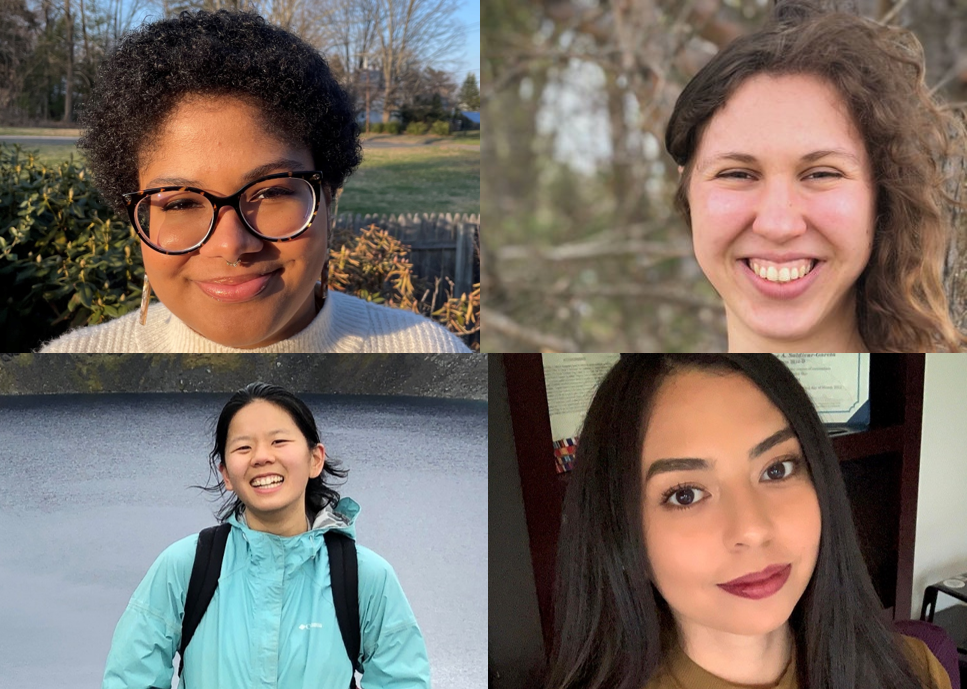
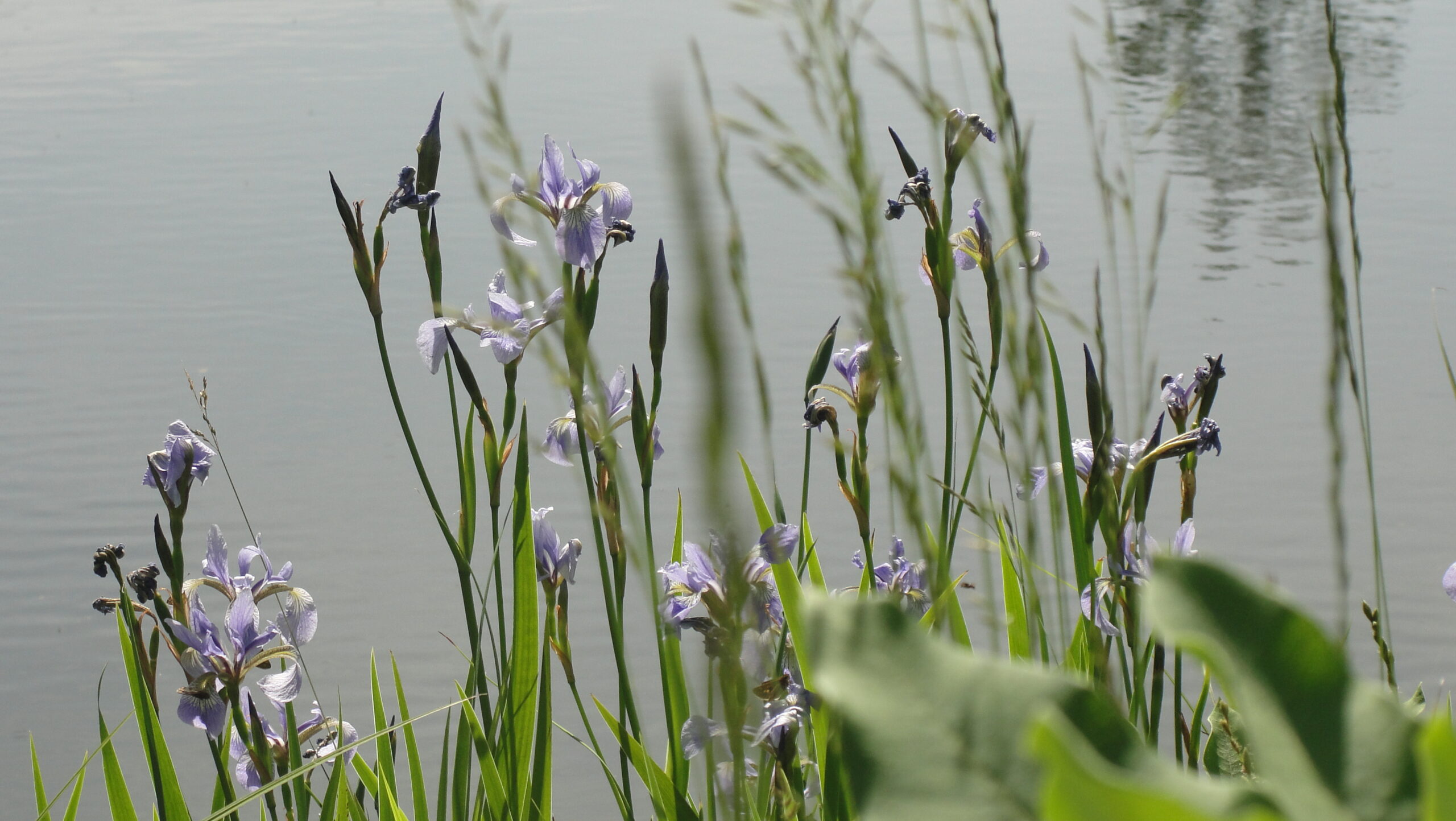

![[Virtual] Harvard Forest Symposium, March 16-17](https://harvardforest.fas.harvard.edu/wp-content/uploads/2025/02/artsycornerpinwithtape-sum19-ch-1.jpg)

